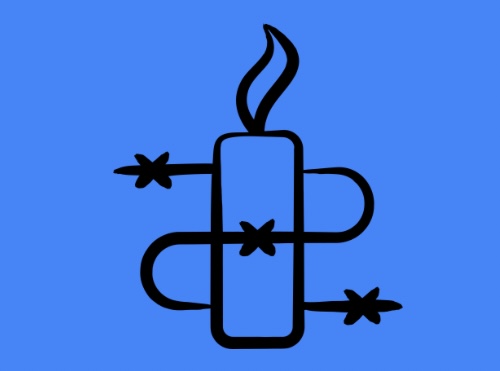
Nowruz Amnesty and the Political Spectacle
Spring or the ancestral New Year in Tajikistan begins with the gentle warmth of the sun,
the greening of hills and mountains, festive tables, and the announcement of an amnesty or pardon.
On the occasion of Nowruz, the authorities once again, as per tradition, declared a “pardon” that, at first glance, seems promising and uplifting.
However, as is often the case, behind the regime’s polished announcements and official statements lies a very different reality. This time is no exception.
The actual result of this so-called pardon is as follows:
Pregnant women and mothers of nursing infants, deprived of their children’s embrace, are still behind bars.
Elderly prisoners, barely able to walk through freezing prison cells and suffering from multiple illnesses, remain incarcerated.
Young activists whose only “crime” was a social media post or “like” continue to languish in prison.
Journalists, lawyers, and human rights defenders whose only “guilt” is their professional activity are still imprisoned.
Tragically, those who are truly vulnerable are not included in the list of pardoned individuals.
They are the ones who are “not forgiven.”
Every time, this process is accompanied by the pomp of a “humanitarian” decree: dry statistics, applause, praise across social media and TV screens all dressing up this “important event.”
But in reality, who has been released is never announced.
Why some were freed and others not no one explains.
The criteria for the pardon remain a mystery.
There is no transparency.
Accountability has been in short supply for years.
Meanwhile, according to unofficial sources, another process quietly follows every amnesty or pardon: blatant corruption.
Because the pardon is selective.
Because justice is calculated.
Those who can pay negotiate with officials.
Those who cannot are left to wait. Sometimes for years. Sometimes for a lifetime…
For this reason, amnesty in Tajikistan has ceased to be a gesture of mercy or justice. It has become a carefully staged performance.
A political, formal show aligned with the interests of power.
Behind the curtain of “humanitarianism” lies control and persecution.
Behind the stage of the so-called “triumph of justice” lurks the cold, silent shadow of prison walls.
This tragedy is especially true in the case of those whom international standards, human dignity, and Tajikistan’s own laws define as vulnerable groups: pregnant women, mothers with small children, the elderly, the seriously ill, and minors.
These are the people who should be at the top of the release list.
But in Tajikistan, they are always last.
As for political prisoners, they are completely excluded from any pardon lists.
It is as if they do not exist at all.
They live under unwritten laws not those officially in force.
Yet even a symbolic gesture—such as releasing mothers with infants or elderly people sentenced for personal beliefs could have been a genuine step toward restoring public trust.
It could have sent a message that the government is ready to listen, to understand, and to forgive.
But instead of a true amnesty, there is silence.
Instead of mercy, there are selective pardons.
Instead of justice, illegal deals for release.
Nowruz is meant to be a celebration of renewal, spring, and new life a holiday of hope.
But year by year, this celebration is turning into a beautiful stage for a scripted performance, where human destinies are reduced to numbers and bureaucratic reports.
Let me say it again:
True mercy is not for sale. Justice is not selective.
Real compassion and democracy begin on the day a government no longer fears its own people the day a state chooses to hear, to see, and to respect the pain, voice, and rights of its citizens.
Only then will Nowruz truly be a celebration of hope for everyone, not just for the few.



